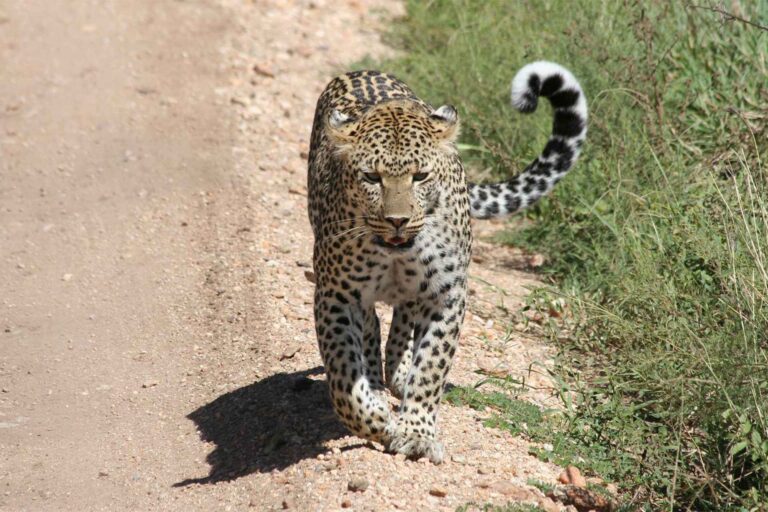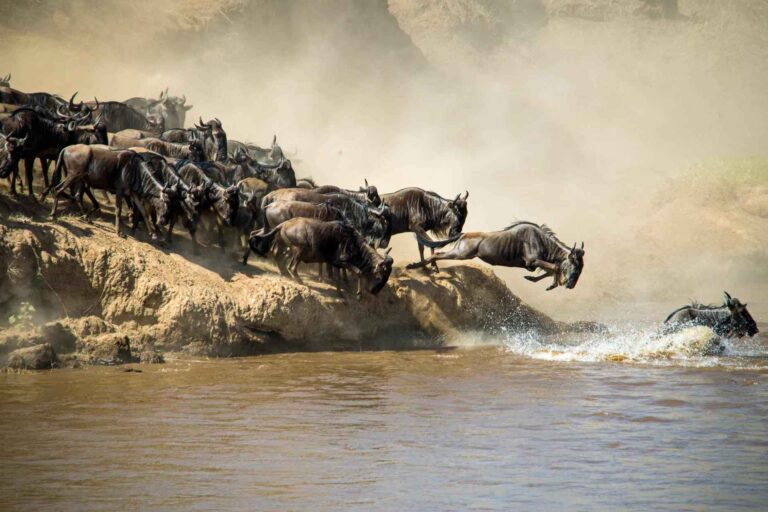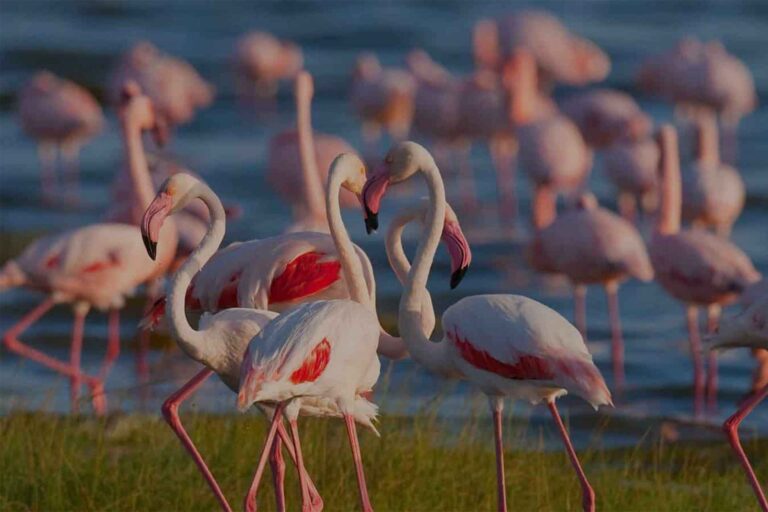Nyerere National Park
- Home
- Destinations
- Nyerere National Park
NYERERE NATIONAL PARK | SELOUS
Park Location:
Facts about Nyerere (Selous)
The park was named after the first president of Tanzania, Julius Nyerere. Together with the neighboring Selous Game Reserve (~18,000 sq kilometers/7000 sq miles of protected land has remained under that name after Selous’ larger part was changed into Nyerere NP) it is a designed UNESCO World Heritage Site. This status is based on the conservation of nature in its original state and the high biodiversity of the region. In addition to large populations of elephants, buffalo, lions, and hippos, this vast area – almost 31,000 sq kilometers or 12.000 sq miles – is home to a species diversity of antelope, including the rare Lichtenstein’s hartebeest, roan antelope, and sable antelope. Nyerere Park is considered the last refuge of a large population of African wild dogs. The true spirit of safari can be experienced during walks in the wilderness and, for the most intrepid, during overnight stays in the bush in so-called Fly Camps – tented camps set up right under the open African sky in the lap of nature.
Wildlife Encounters:
Selous boasts some of the best wildlife densities in Tanzania. The reserve has 40,000 hippos, 120,000-150,000 buffalo, 100,000 wildebeests, and 35,000 zebras inhabit an area the size of Denmark.
The sheer amount of prey attracts a diversity of predators including 4,000 lions, as well as leopards, hyenas and crocodiles. Some rarer species include the African wild dog, of which 50% of its population live in Selous, as well as the sable and puku antelopes.
It is also one of the few places in Africa where the endangered black rhino can be found. Bird enthusiasts will also cherish this place, as 440 different species of bird populate this area. These can best be discovered by a boat safari.
BEST TIME TO VISIT RUAHA NATIONAL PARK
The best time to visit the best kept secret in Tanzania is during the dry season when animals are gathered within the water bodies quenching thirst this period is from June to October when the vegetation is not thick giving you excellent and clear views of the magnificent park. For those who love birding, the best time to visit the park is in November to April when migratory birds have arrived and the residential birds are breeding. However, the Ruaha national can be visited all year round thought roads maybe hard to cross during the heavy rains as it gets muddy. Ruaha national park can be accessed by road from Iringa which is about 130 kilometers squared; there are also chartered domestic flights that operate within the parks airstrips.
Still Not Sure What You’re Looking For?
We’re here to help! Chat with us and we can find the perfect trip for you or start creating a custom trip.








